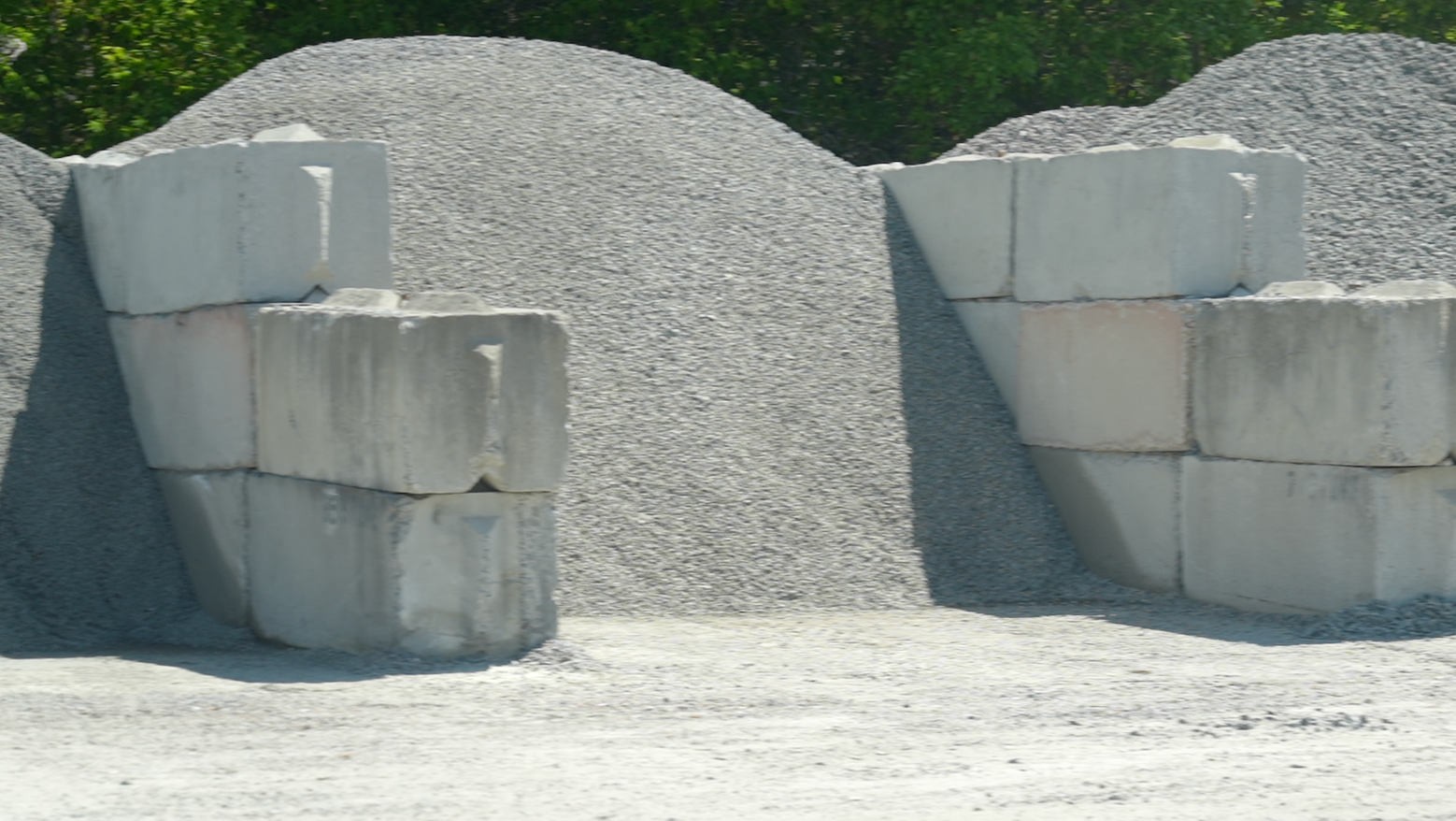Order your bulk products online now!
More plants coming to our site soon!
Order your bulk products online now!
More plants coming to our site soon!
Order your bulk products online now!
More plants coming to our site soon!
Order your bulk products online now!
More plants coming to our site soon!
Order your bulk products online now!
More plants coming to our site soon!
Order your bulk products online now!
More plants coming to our site soon!
Order your bulk products online now!
More plants coming to our site soon!
Order your bulk products online now!
More plants coming to our site soon!
Order your bulk products online now!
More plants coming to our site soon!
Order your bulk products online now!
More plants coming to our site soon!
Order your bulk products online now!
More plants coming to our site soon!
Order your bulk products online now!
More plants coming to our site soon!
Order your bulk products online now!
More plants coming to our site soon!
Order your bulk products online now!
More plants coming to our site soon!
Order your bulk products online now!
More plants coming to our site soon!
Order your bulk products online now!
More plants coming to our site soon!
Order your bulk products online now!
More plants coming to our site soon!
Order your bulk products online now!
More plants coming to our site soon!
Order your bulk products online now!
More plants coming to our site soon!
Order your bulk products online now!
More plants coming to our site soon!
Order your bulk products online now!
More plants coming to our site soon!
Order your bulk products online now!
More plants coming to our site soon!
Order your bulk products online now!
More plants coming to our site soon!
Order your bulk products online now!
More plants coming to our site soon!
Order your bulk products online now!
More plants coming to our site soon!
Order your bulk products online now!
More plants coming to our site soon!
Order your bulk products online now!
More plants coming to our site soon!




